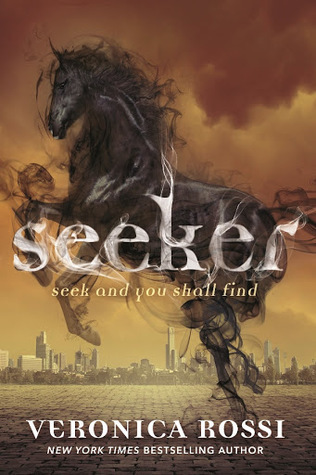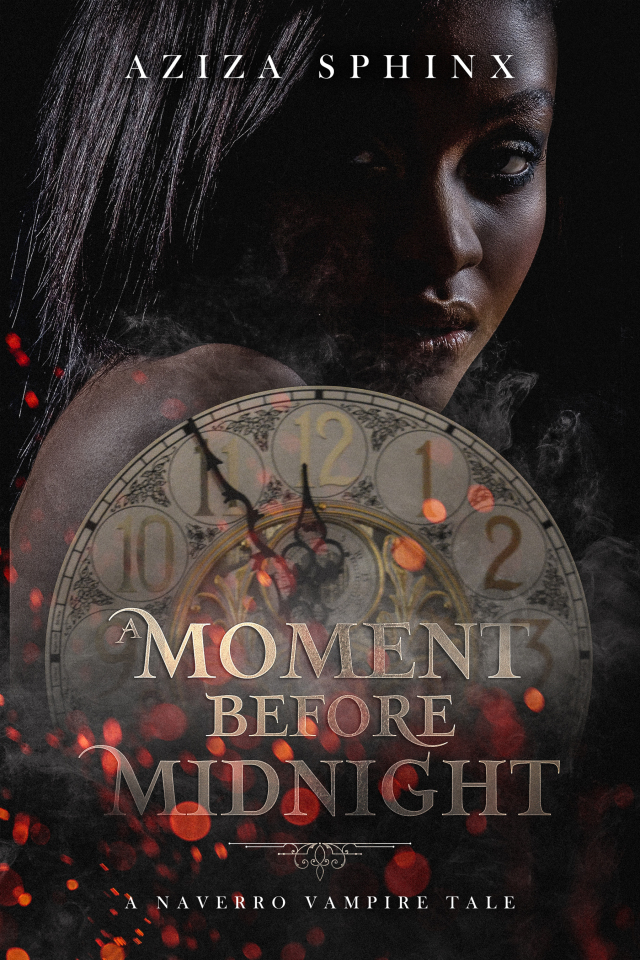They were questions that until explicitly asked had never really caused us any issues. Of course we had a school curriculum. Of course we knew what it was and how it worked. Of course we were tracking coverage of skills and content. Of course we knew what “objectives” needed to be planned for and delivered.
So why was it so hard for my senior leadership team, teachers and I to answer my questions?
What is our curriculum? And where can I see a copy of it?
Various responses came my way:
“Isn’t it just the National Curriculum?”
“We follow Hamilton don’t we?”
“I look at the Chris Quigley Curriculum as a starting point.”
“We have our school long-term plan, that’s our curriculum.”
“The learning habits that we promote in school are basically our curriculum.”
There were more answers than this brief selection and none of them seemed to me to be definitive.
I decided I needed to explore this conundrum with my SLT and we entered into some really engaging conversations about our curriculum and whether or not we really had one. As with so much in this job it is the honest and reflective dialogue with forward thinking colleagues who see true value in collaborating, debating and playing devil’s advocate that helped us all reach a deeper understanding and allowed us to articulate our curriculum with a crystal clarity. It also helped us identify the aspects that were solid and those which could be further developed.
As part of this process we decided to produce a diagram or picture to model our curriculum so that my original questions could be more readily answered. This helped us realise that the many differing responses originally given when we were trying to explain what our curriculum was and where it could be found were all part of the same thing. Ours is a curriculum stitched together from many threads. No single thread is the answer, rather it is the sum of their parts.

Our “drivers” are the reasons for engaging in any learning and underpin the curriculum. We strive to deliver a curriculum that is relevant (driven by news and key events), preparatory (driven by technology and advances in the world), contextual (driven by history, culture, heritage and geography through “another time and/or place”); and creative (driven by the arts, music, dance, drama and speaking & listening.) These drivers are our starting point and our USP – if you come to this school these are the aspects of our world about which your learning will come from.
Next comes the “core curriculum” represented by the green thread. This is the set of knowledge and skills that we have set out for teaching children to read, write, become numerate and become scientific thinkers. We’ve mapped out a progression of objectives for the core subjects and their various strands, and refer to this map as a “steps to success” blueprint.
There is clearly more to a curriculum than a focus on core subjects, and this is shown by our red thread which we call the “bare bones” curriculum. This aspect of our curriculum details a progression of skills on an NC-year by NC-year matrix which teachers should ensure are covered. What this thread does not do, however, is dictate the topics, themes, knowledge or content that is to be used to deliver these skills to the pupils. The vehicle for these learning opportunities will be found in the blue strand. Our “on demand” curriculum delivers the core curriculum and bare bones curriculum by fleshing out the context and knowledge content which is derived by teachers together with their pupils. It’s simple – this is where the magic comes from, this is where the passion lives. It’s not rocket science is it – if you want passionate learners don’t you need passionate teachers and don’t pupils need to feel a relevance to what they’re learning about? Why force the year three teacher to plan their term around “invaders and settlers” when you know their true passion is animal welfare? Let them use this passion to bring a world of debate, philosophy, history, persuasive writing, science and art to life through a subject which matters deeply to them. This is where they put the passion into the children and teaching and learning become joyous. Similarly, why force the year six teacher to plan their term around “the Romans” when Brexit is in the news? Or when the local town has just flooded? Or when a general election has just been called? Surely our curriculum should reflect what is actually happening out there – it gives learning relevance, context and meaning.
So this is what our blue thread represents – termed “on demand” to reflect where the content and topics originate. Think of it as the antithesis of the old “QCA units” for those of you who are able to remember those!
A grey thread – optional, of course – exists to fill the gap where “creative block” may present. It’s a fall-back plan of suggested content for those moments when you’re struggling to find a vehicle for delivering the core and non-core skills. We refer to this as our “safety net curriculum” – to be used only if necessary and in time, as the “on-demand” philosophy becomes more established, it could be phased out.
At the heart of the work we do with our pupils is developing in them a growth mindset philosophy. This means we believe that everybody can learn and succeed with the right attitude. Courage, tenacity and self belief are crucial to learning and can be developed by how we recognise and reward success. Directed effort alongside outcome is valued and children are encouraged to take risks and not fear failure. This element of the curriculum is known as our “learning: it’s up to you!” strand and is represented by the golden thread on our model. It’s the part of our curriculum which focusses on the principle that there are thinking skills, learning dispositions and good habits as well as subject specific skills which we can develop in a range of contexts.
This aspect of our curriculum weaves in the development of meta-cognition and learning habits so that our children become brave (taking risks with their learning), challenge themselves (stretching their thinking and enjoying the “struggle” of learning), smile (staying positive even when learning is tricky), become honest learners, sustain effort (recognising that good learning requires resilience and perseverance), fail well (learning from mistakes) and become deeply reflective about the learning process. These habits are found at the centre of our model in recognition of their status as utterly vital components of our curriculum.
And finally, as a way of demonstrating our belief that there are various routes through our curriculum we developed a “London Underground Map.” This was inspired by the colours of our threads which become tube lines that connect to other lines and stations along the way. This helps to show how we view interaction with our curriculum: that it is a free-flowing “journey” that can travel in many directions and to many destinations rather than being a linear, static, prescribed and predestined diktat. Learning doesn’t work like that – learning is messy, multi-faceted and takes many forms and many directions. We believe that this should be reflected in our curriculum and the underground map does this for us. The “stations” listed on our underground map relate to aspects of our work which make sense in our school context and help us to link in our school-specific initiatives and practices to our delivery of the curriculum.
Going through the process of working out what our curriculum looked like and producing this model has also helped point the way for how we can continue to develop and refine it. For me, the obvious next step is to articulate the intended outcome for a learner who experiences our curriculum. That is surely going to be about developing character in people – making well-rounded individuals who have a good dose of general knowledge, a good dose of common sense, a healthy toolkit of skills to draw upon (including thinking skills) and deep-routed good learning habits. It’s impossible for anyone to predict what kind of world our pupils will face by the time they’re all grown up. We want the children who’ve experienced our curriculum to be well equipped to deal with that kind of unpredictability and to have the confidence, self-assurance and resilience needed to thrive in the big, wide world. Summing these outcomes up will certainly augment our work and I feel sure that our one curriculum can handle another thread…
Share this:




